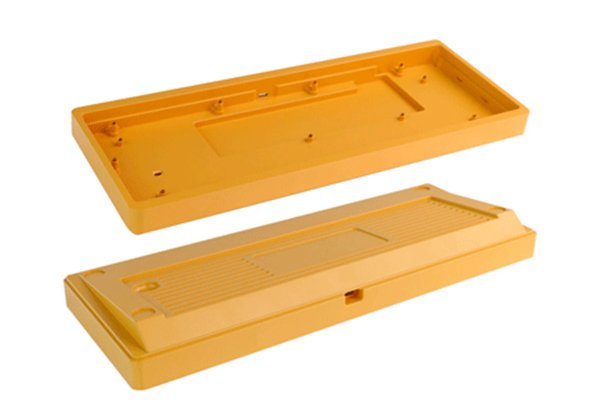Opening
Did you know that a mere 0.1 mm variation in surface finish can significantly affect the performance and aesthetics of plastic components? In sectors ranging from consumer electronics to automotive and medical devices, the surface quality of CNC-machined plastic parts plays a pivotal role in determining overall product quality and customer satisfaction. As the demand for high-precision, aesthetically pleasing parts continues to rise, understanding how to enhance surface quality in CNC machining has never been more critical.
Plastic CNC machining is a popular manufacturing process known for its ability to produce complex geometries and high levels of dimensional accuracy. However, achieving an excellent surface finish can be challenging. Various factors, such as tool selection, machining parameters, and material properties, can influence the final surface quality. This blog delves into practical tips that can elevate the surface quality of plastic CNC-machined components, ensuring they meet the stringent demands of modern applications.
Key Factors Influencing Surface Quality in Plastic CNC Machining
Before diving into solutions, it’s essential to understand the factors that impact the surface quality during CNC machining of plastics:
Practical Tips for Improving Surface Quality
Now that we have a framework for understanding the challenges let’s explore comprehensive strategies to improve surface quality during plastic CNC machining.
The journey toward improved surface quality begins with selecting the suitable material. High-performance plastics like POM (Polyoxymethylene), PA (Polyamide), and PTFE (Polytetrafluoroethylene) are well-regarded for their machining properties.
Choosing the right tools is imperative for achieving superior surface finishes.
Optimizing the cutting parameters plays a significant role in the achievable surface finish.

Maintaining the correct temperature during machining can prevent the plastic from melting or deforming.
In some cases, even with optimal machining parameters, additional finishing techniques will be beneficial.
Keep your CNC equipment in peak condition to minimize variations in machining quality.
Quality control should be an integral part of the machining process.
Investing in training for operators is equally as vital as investing in machinery. Continuous education on machining practices, material properties, and emerging technologies is essential for success.
Improving the surface quality of CNC-machined plastic parts is a multifaceted endeavor involving material selection, tool optimization, process management, and quality control. By implementing the strategies outlined in this blog, manufacturers can not only enhance surface finishes but also achieve greater efficiency and customer satisfaction.
As industries evolve, maintaining excellence in surface finish will remain a competitive edge. Whether you are producing medical devices, automotive components, or consumer goods, the value of a high-quality finish cannot be overstated. Remember, in CNC machining, the devil is in the details, and every step you take to improve surface quality counts towards building a brand known for excellence.
Always keep that 0.1 mm difference in mind—it could be what sets your prototypes apart from your competitors!






